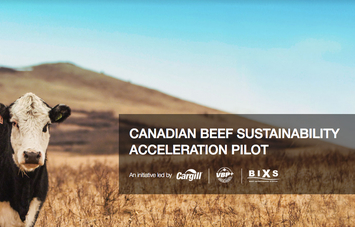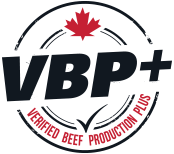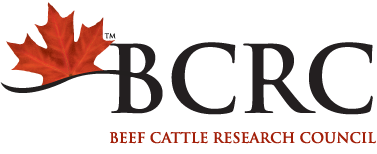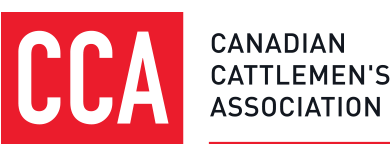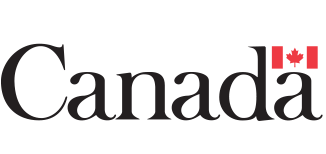A written order for a medication stating amount of drug or mixture of drugs for specific cattle or set of conditions, from a licensed veterinarian with whom you have a proper veterinarian/client/patient relationship. The VBP+ program requires that the veterinary prescription includes at least the following: veterinarian/clinic, date, client, indication for use, product name, dosage, frequency, route and duration of treatment, withdrawal for meat, and any special warnings (special storage, human safety warnings). Keep a copy of any written veterinary prescriptions used within the last two years.
